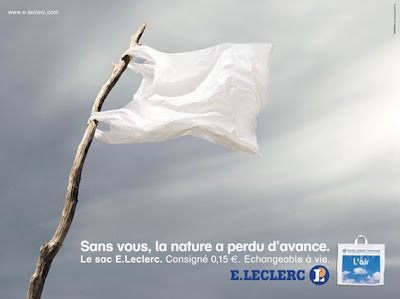CATEGORY :Pharmaceuticals/ Healthcare
REGION:USA
DATE:Oct 2007 - Apr 2008
 AstraZeneca wanted to build an online tool for the breast cancer community to celebrate and support its patients and survivors. One of AstraZeneca’s cancer drugs is Arimidex, which is indicated for early and advanced breast cancer.
AstraZeneca wanted to build an online tool for the breast cancer community to celebrate and support its patients and survivors. One of AstraZeneca’s cancer drugs is Arimidex, which is indicated for early and advanced breast cancer.  The aim was to raise awareness of Arimidex and AstraZeneca and demonstrate the company’s commitment to breast cancer and provide charitable contribution to advocacy groups.
The aim was to raise awareness of Arimidex and AstraZeneca and demonstrate the company’s commitment to breast cancer and provide charitable contribution to advocacy groups.Celebration Chain represents individual women who are united by an experience with breast cancer. Friends or family who want to honour a breast cancer sufferer can choose an avatar or “celebration doll”, a simple, whimsical, and endearing rich-media animation that reflects a patient/survivor’s personality.
 They can then send the doll to their loved one via email to create a celebration chain. For every new doll created, AstraZenece donated $1 to charity. Other friends can also create their own “celebrations” in support of the cancer patient. The idea is to act as a supportive network for the women being treated for breast cancer. The idea spread virally and was picked up by bloggers who endorsed the Celebration Chain.
They can then send the doll to their loved one via email to create a celebration chain. For every new doll created, AstraZenece donated $1 to charity. Other friends can also create their own “celebrations” in support of the cancer patient. The idea is to act as a supportive network for the women being treated for breast cancer. The idea spread virally and was picked up by bloggers who endorsed the Celebration Chain.As of February 2009, over 17,000 celebrations had been created, and many more (90,000+) had visited the site to view them.








 The key target audience was 18-29 year olds who were used to communicating via social networks. Usually people in communities search for people with similar interests, but Coke wanted to turn this idea on its head so that people could connect with people who are very different.
The key target audience was 18-29 year olds who were used to communicating via social networks. Usually people in communities search for people with similar interests, but Coke wanted to turn this idea on its head so that people could connect with people who are very different. 
 The plot linked to the product as Manuela had cut her hair short only to get engaged the following day. The target audience became gripped with Manuela's struggles to have her perfect wedding and, more importantly, her perfect hair.
The plot linked to the product as Manuela had cut her hair short only to get engaged the following day. The target audience became gripped with Manuela's struggles to have her perfect wedding and, more importantly, her perfect hair.  The FAQ section of the website was transformed into video interviews with these skilled professionals. The mystery of who was trying to sabotage Manuela's wedding could only be solved via Manuela's blog, and the sitcoms character profiles that were created on social networking sites, such as Orkut, Twitter, Facebook and Flickr.
The FAQ section of the website was transformed into video interviews with these skilled professionals. The mystery of who was trying to sabotage Manuela's wedding could only be solved via Manuela's blog, and the sitcoms character profiles that were created on social networking sites, such as Orkut, Twitter, Facebook and Flickr. 












 search volume:
search volume: